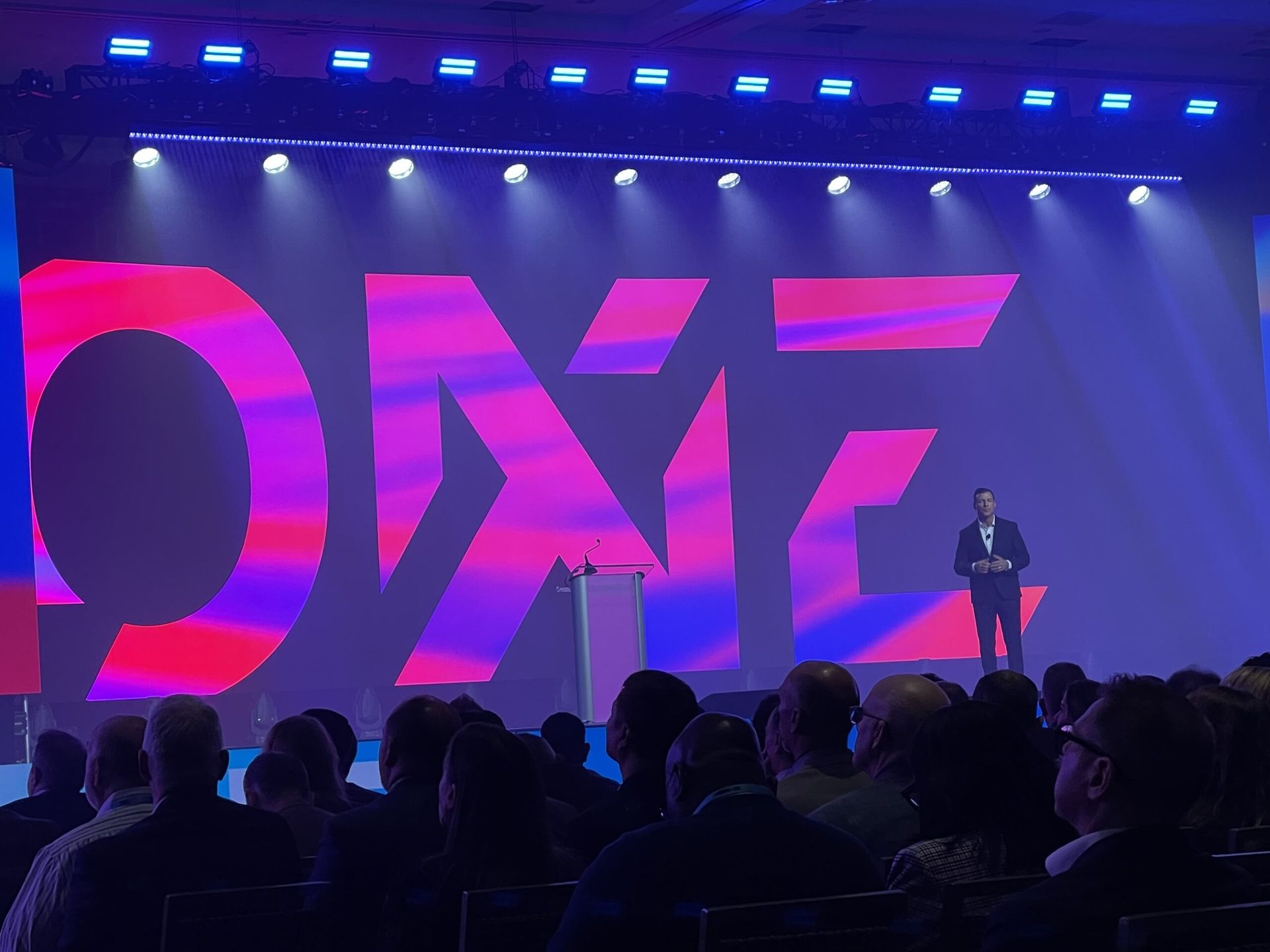
When Synnex delivered surprisingly strong quarterly results yesterday, ChannelE2E had a straightforward question: How is the distributor growing revenues at a time when some rivals are growing more slowly -- or perhaps even contracting a bit? Synnex CEO Kevin Murai offered a straightforward answer to ChannelE2E: Remain true to your relationships, target growth markets, don't try to be all things to all people, stay focused, then execute on your strategy.
In Synnex's case, that "focused" approach seems to be working. For its Q4 2016, revenue grew 9.5 percent to $3.9 billion and net income rose 37.3 percent to $85.3 million. The key takeaway: Sure, Synnex is still a so-called distributor. But the company has diversified into areas like BPO (business process outsourcing) and related services where most traditional distributors don't compete.
Still, Synnex won't abandon existing relationships to pursue new markets. "We continue to focus on things that are important to our customers," Murai tells ChannelE2E. "It starts with relationships. We value our vendor and customer relationships. We try to anticipate what they from us to help them grow. We never forget those fundamentals. It's part of our culture."
Technology Solutions: The Evolution
Yes, Synnex remains heavily involved in traditional IT hardware and software distribution. But the company's next-generation plays -- areas like CloudSolv and MobilitySolv -- are paying dividends. Revenue for the technology solutions business rose 5.9 percent vs. Q4 in 2015. Cloud relationships with Microsoft and Google, in particular, helped to drive the growth, Murai says. By aligning business models -- from vendor to distributor to partner -- Synnex is helping its ecosystem members to grow with cloud services, he says.
"We set our targets high," he adds. "Whether it's IoT or cloud, we don't want to be everything to everyone -- but we do want to focus on areas that are ripe for growth."
With CloudSolv, for instance, Synnex offers a cloud platform upon which partners can build their own marketplaces. Associated APIs allow partners to integrate the services they want to sell. And a financial system helps partners to manage annuity billing as well.
With MobilitySolv, Synnex has looked beyond traditional smartphones and IT devices to really think about IoT, various broadband communication systems, sensors, and ISV solutions that partners will require going forward, he adds.
Concentrix: Exceeding Expectations?
Meanwhile, the Synnex buyout of IBM's Customer Care business -- announced in 2013 -- appears to be performing well. There are synergies between the traditional Synnex business and Concentrix, but "think about it as a separate business unit," Murai says. Buying Concentrix from IBM was "really about diversifying" the Synnex business.
Describing Concentrix in a single sentence is a bit tricky. The business -- which spans 26 countries -- is more than CRM. It's more than call centers. It's really about total customer care, he says. And going forward, the business unit is pushing deeper into digital marketing.
Concentrix revenue was $500.4 million in Q4 2016 -- up 33.9% from Q4 2015. The bulk of that growth involved the Minacs acquisition from July 2016. But even so, Synnex appears to be managing M&A well.
"Day-to-day execution has really been a key part of our culture as well," Murai says. "We're hands on. It give us a leg up on others. If you are running your existing business well, it gives you the luxury to have resources who dedicate the majority of their time and focus on integration. We're careful not to bite off more than we can chew."
IT Market: Improving Outlook?
Overall, the IT market in 2016 had some anxiety because of the U.S. presidential election and Brexit, Murai concedes. But he senses a renewed optimism in the IT market for 2017 -- especially within the U.S. and Canada.
Still, disruption is the norm. IT markets continue to shift. "You have to have a healthy paranoia about what you're doing," he says. "You really need to identify the growth opportunities and commit to your strategy. Then, execute."


That's particularly important right now for Synnex and its partners -- especially as M&A deals potentially reshape the IT distribution market.
Among the deals worth tracking:
- Ingram Micro‘ $6 billion sale to HNA Group and Tianjin Tianhai was finalized in December 2016. The distributor's executive team insists it's "business as usual." The Ingram Micro Cloud Marketplace appears particularly strong. The platform had 10 million seats under management as of November 2016, according to Senior VP Renee Bergeron.
- ScanSource acquired Intelisys in August 2016 to push deeper into telco services as telecom and traditional VARs converge.
- Tech Data's $2.6 billion buyout of Avnet Technology Solutions is expected to be finalized soon. CEO Bob Dutkowsky says the deal gives Tech Data deeper enterprise expertise, strategic relationships and greater global reach. But Tech Data will also need to sort through some overlapping services -- such as Tech Data StreamOne and Avnet Cloud Marketplace.
Murai certainly is aware of those deals. But neither he nor his team seem all that distracted by them. For Synnex, the game plan remains unchanged: Remain true to your relationships, target growth markets, don't try to be all things to all people, stay focused, then execute on your strategy.
We'll continue to track that game plan's performance in the quarters ahead.




